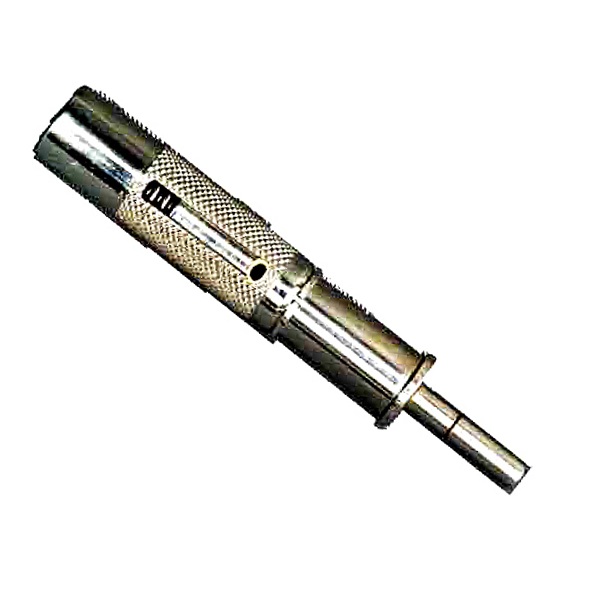|
|
|
|
|
Introduction |
This test is used to determine the elapsed time between batching of a concrete sample and when it is deemed by standard methods to have set. The method involves measuring the penetration resistance of a test sample, which has had coarse particles removed at periodic intervals. It is particularly useful, in determining the effect on setting time of admixtures in the concrete, where these may have been introduced specifically to increase the setting time. |
|
|
It consists of cylindrical spring housing with a plunger attached to the top of the spring. Penetration needle is attached to the other end of the spring housing. The plunger is graduated in 1 kg divisions, to a maximum capacity of 60kg, which can be read with respect to the top end of the spring housing. A set of six needle points with areas of 645, 323, 161, 65, 32 and 16mm2 are provided. Supplied complete in a wooden carrying case. |
|
|
|
General Descriptions & Specifications |
The Concrete Mixers are available in two versions for Laboratory or field use. The field models are hand operated. This portable concrete mixer has rubber tyred wheelsand a towing tongue so that it can be towed and moved around by hand. Its rotationis powered by single-phase electric motor or by hand . The lever allows the concrete to be tipped into a wheel-barrowor mixing pan. The driving shaft is mounted on sealed ball bearing The counter balanced drum swivels and tilt 360° for easy and complete discharge. |
|
|
| Pocket Penetrometer |
Consists of a needle having face area 3/10 sq.cm. and graduated at a distance of 25mm. The needles point is an integral part of barrel which houses a calibrated spring. The spring is confined in a sleeve. The resistance offered by the concrete mortar is shown on the direct reading scale with a marker ring which holds its position when released. Scale range is 0-50 kg/cm2 when the penetration resistance reaches a value of 35kg/cm2 the concrete is assumed initially set. Supplied complete in a leather carrying case. AS PER ASTM C-403
. |
|
|

